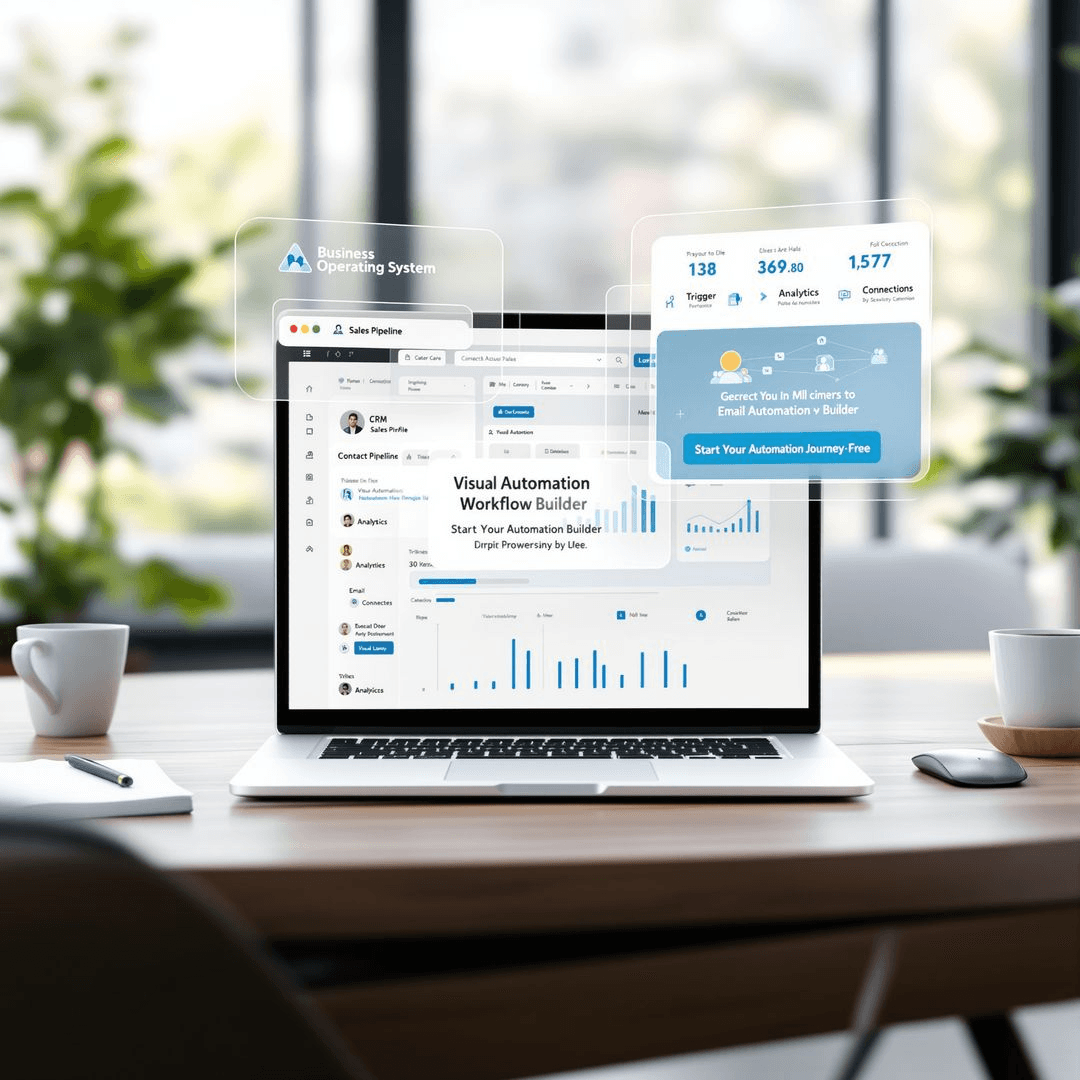Machine Learning ROI Analysis
This is a subtitle for your new post

“Machine learning looks cool, but bosses only keep it alive if they can see pounds, dollars euros etc.” That line cuts straight to the point: companies keep ML projects around just enough to show a profit. In other words, the big‑shots in the boardroom want numbers, not stories. The usual math is ROI = (benefits – costs) ÷ costs × 100. Everybody says that, but most people forget to ask what really counts as a benefit.
First, there is direct money coming in. A model that suggests a product or changes a price can push sales up. One retail chain said its sales rose about five percent after turning on dynamic pricing. That extra money is easy to tag as “revenue.” Second, there are cost cuts. Automation, smarter inventory, fewer price cuts – they all shrink the bill. The same store showed a twenty percent drop in markdown loss once the model warned about high‑priced items. That saving goes straight to the bottom line. Third, there is risk avoidance. Predicting a power outage or catching fraud early can stop huge losses. A utility company claimed millions saved by seeing outages early. Those avoided costs are harder to count, but they matter to executives. Fourth, speed to market. Getting a new feature out faster gives a firm a chance to grab market share before competitors. A quick slide that reads “$2 M more, $1.5 M saved, $800 k risk cut, launch three weeks quicker” usually opens budget talks.
Even the best‑looking projects can stumble when hidden things creep in. Data cleaning, hiring data scientists, and cloud bills are real expenses that often get left off the spreadsheet. Leaving them out inflates the upside and eventually disappoints stakeholders. Vanity numbers are another trap. A model that boasts 99 % accuracy may be useless if it only predicts what would have happened anyway – like flagging a customer who was already buying. The focus has to shift to real profit changes, not just percentages. Short‑term bias also clouds judgement. Some gains appear fast (a chatbot that reduces call‑centre staff in weeks) while others need time (predictive maintenance that drops defect rates over a year). Reporting only the quick win paints a misleading picture.
To keep the math honest, try a six‑step check:
1. Pick one clear problem (“reduce support ticket time” for a telecom).
2. Measure how things work now (average ticket time, cost per ticket).
3. List every cost you expect – software licences, staff hours, training, data buying.
4. Run a pilot for a month and record new times and saved money.
5. Compare before and after, add any surprise costs from the pilot.
6. Build a short report: a tiny table of costs vs. benefits, a bar chart of before vs. after, and one sentence that sums it up.
One‑slide visuals often seal the deal. A CEO once said, “I need the graph, not the paragraph.”
Two short stories show how it works. A big telecom used ML to route calls to the right specialist. Ticket solving time dropped thirty‑five percent and the firm saved over four million dollars in a year. Their pilot captured baseline numbers, all the costs, and a single slide proved the value. A mid‑size manufacturer added predictive checks on its line. Raw‑material waste fell, profit margins grew, and the plant’s carbon footprint barely went down. Those clear results turned a test into a full‑scale program because the board could see both money saved and a sustainability angle.
A note of caution: focusing only on immediate numbers can kill curiosity. Some projects with low short‑term ROI – new sensors, odd data partnerships, experimental models – might spark big breakthroughs later. Companies should keep a small “exploration” pot to fund risky, long‑term work alongside the tight ROI pipeline.
In the end, turning ML into a boardroom win is about plain math and clear story‑telling. Define what benefit you’re after, list hidden costs, pick the right metrics, and show everything on a simple visual. Executives will fund what they can see on a slide. Teams that want to move raw data into a boardroom‑ready ROI story should think about hiring a data‑consulting group to check assumptions, run scenarios, and craft those concise graphics that tip the decision.










